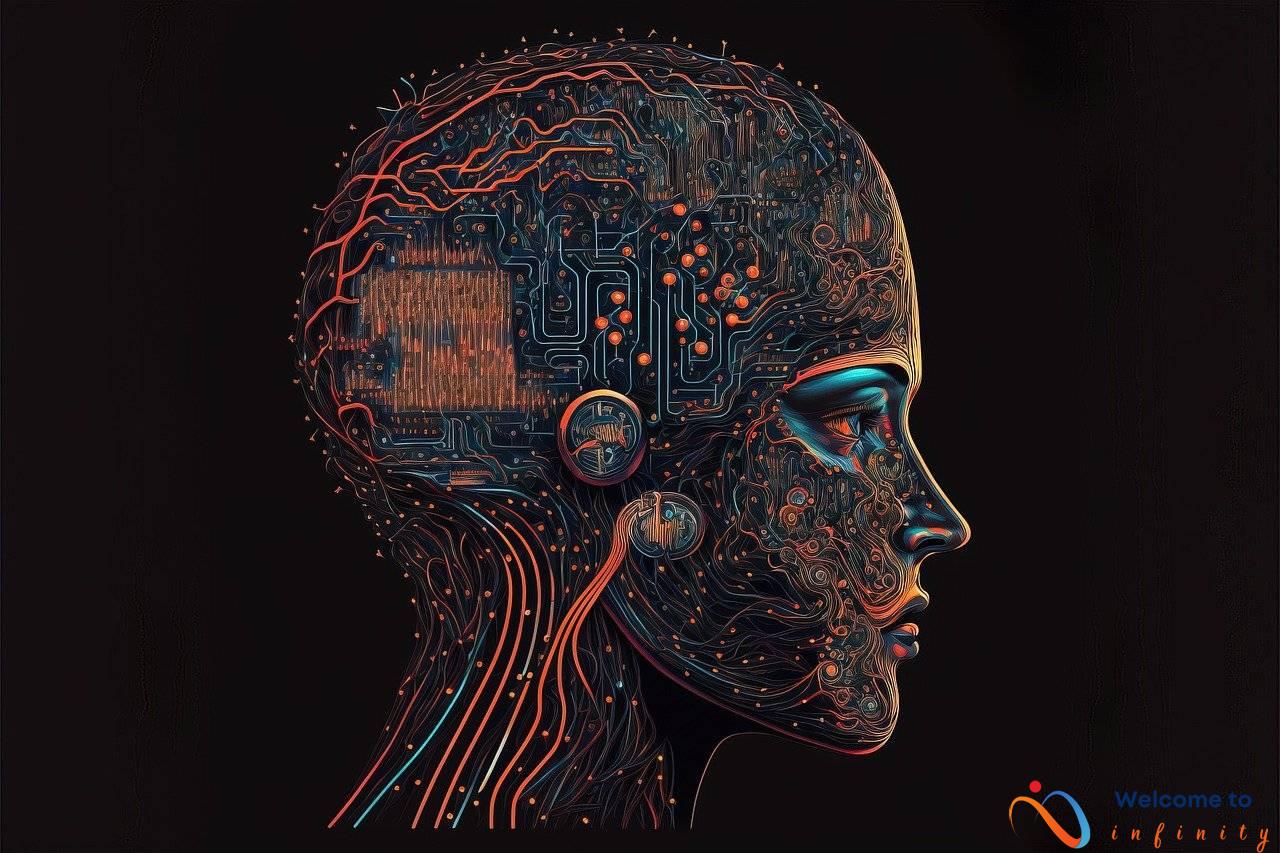Question Answering Systems or QAS are computer programs that have the ability to answer questions posed in natural language. They work by using machine learning algorithms that process and analyze text data, retrieve relevant information, and generate answers to questions. QAS has been an active area of research for many years, with significant advancements being made in recent times.
One of the major challenges that QAS face is handling ambiguity as natural language can be vague and can have multiple interpretations. Additionally, QAS also need to understand the context in which the question is being asked and adapt to various languages and dialects. These challenges make the development of QAS a complex task, requiring a significant amount of computational resources and expertise.
Despite the challenges, QAS holds promise for a wide range of potential applications. One such application is in customer service, where QAS can be used to answer common inquiries, freeing up human resources to deal with more complex requests. Another potential application is in the field of education, where QAS can help students answer questions and provide personalized feedback. QAS can also be used in healthcare assistance to provide faster and more accurate diagnosis and treatment recommendations.
In conclusion, the development of QAS is an important area of research, with potential applications in numerous fields. While there are certainly challenges to be addressed, the ongoing advancements in machine learning algorithms and natural language processing are likely to further improve the effectiveness of QAS in the future.
What Are Question Answering Systems?
Question answering systems, also known as Q&A systems, are computer programs that have gained popularity due to their ability to automatically answer questions that are posed in natural language. These systems use a combination of techniques such as natural language processing, machine learning, and artificial intelligence to analyze and understand the input data.
The primary goal of a question answering system is to intelligently retrieve information from various sources and provide accurate and precise answers to user queries. This makes it a highly sought-after technology, particularly in industries such as customer service, education, and healthcare.
Essentially, these systems aim to replicate human-like conversation and provide answers that are not only accurate but also in a language that the user can understand. Therefore, Q&A systems need to analyze and understand the context of the question, including any implicit assumptions and relationships between the words and phrases used in the query.
Furthermore, Q&A systems need to be capable of interpreting and processing different natural language structures and dialects. This can be a challenge as multiple languages may have different grammar rules and syntax, which can affect the accuracy of answers generated.
Overall, question answering systems are a powerful tool that can revolutionize how we interact with computers and obtain information. They have vast potential in many industries and will likely continue to develop and improve as technology advances.
How Do Question Answering Systems Work?
Question answering systems are highly intelligent computer programs that can answer questions in natural language. These systems use machine learning algorithms to process and analyze text data, retrieve relevant information, and generate accurate answers to virtually any question posed to them. One of the key advantages of these systems is their ability to process large amounts of data quickly and accurately.
Most question answering systems rely on a combination of natural language processing (NLP) and machine learning algorithms. The NLP component is responsible for understanding the context of the question posed, while the machine learning algorithm uses various text analytics techniques to derive relevant information from data sources such as the internet, documents, and databases.
Once the system has gathered and processed the necessary information, it generates an answer to the question based on its understanding of the context of the query. These answers can take many forms, from short, concise answers that provide a simple response to more complex, detailed answers that include additional context or relevant information.
Overall, question answering systems have proven to be highly effective and powerful technological tools that are used in numerous industries, including customer service, education, and healthcare. These systems provide businesses and organizations with powerful tools that help streamline their operations and better serve their customers and clients.
Challenges in Developing Question Answering Systems
Developing question answering systems is not an easy feat and comes with numerous challenges that need to be addressed. One of the most significant challenges is handling ambiguity, which refers to the multiple meanings of a single word or phrase that can be interpreted in different ways. This requires the system to analyze the context of the question to provide accurate answers.
Another significant challenge is understanding context, which involves interpreting the meaning of a question based on the surrounding information. Contextual understanding requires the system to consider the topic being asked, the background of the user asking the question, and the relevance of previous interactions with the user.
Adapting to various languages and dialects is also a critical challenge in developing question answering systems. Language differences can create confusion when interpreting questions and providing answers. The system must be able to adapt to different accents, expressions, idioms, and grammar structures to make the communication between the system and the user efficient and effective.
To address these challenges, developers use advanced algorithms such as natural language processing, machine learning, and deep learning techniques. Data preprocessing techniques, such as named entity recognition and part-of-speech tagging, help to improve the accuracy of the machine learning algorithms.
It is also essential to factor in the user experience when developing question answering systems. The system should be designed to provide comprehensive answers to questions asked by users transparently and quickly.
In conclusion, building an intelligent question answering system requires tackling several challenges, which include handling ambiguity, understanding context, and adapting to various languages and dialects. Developers must use advanced techniques to ensure the accuracy of the system while paying attention to user experience to ensure that users can interact with the system efficiently.
Applications of Question Answering Systems
Question answering systems are not only useful for answering trivia questions but also have a variety of practical applications. One of the most popular uses of these systems is in customer service, where they can help organizations automate responses to frequently asked questions and support ticket inquiries. By doing so, they save businesses time and resources while improving customer satisfaction rates.
Another potential application of question answering systems is in the field of education, where they can be used as interactive tools to help students learn and study. These systems can provide students with instant feedback and personalized learning experiences, making the learning process engaging and effective.
Moreover, question answering systems can help to improve healthcare services by providing patients with 24/7 access to medical advice and assistance in real-time. By answering medical questions quickly and accurately, these systems can help to reduce waiting times for patients and improve the overall quality of care.
In summary, question answering systems are versatile tools that have the potential to revolutionize various industries. From customer service to education and healthcare, these systems offer an innovative way to automate processes, enhance user experiences, and improve efficiency. As technology continues to advance, we can expect to see even more impressive applications of question answering systems in the future.










